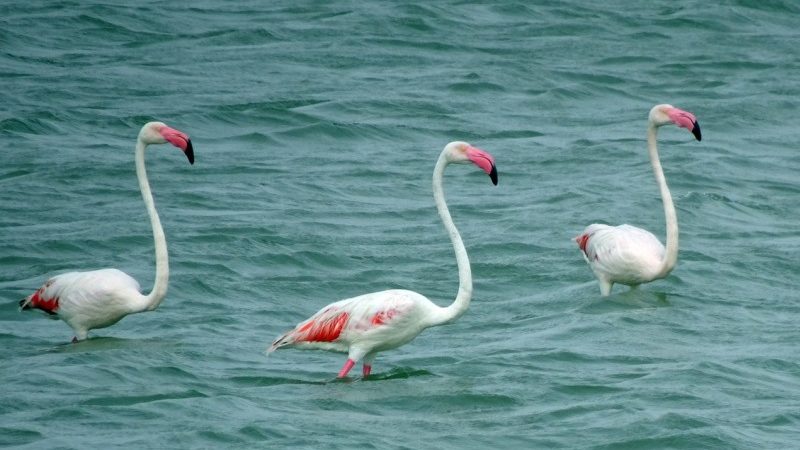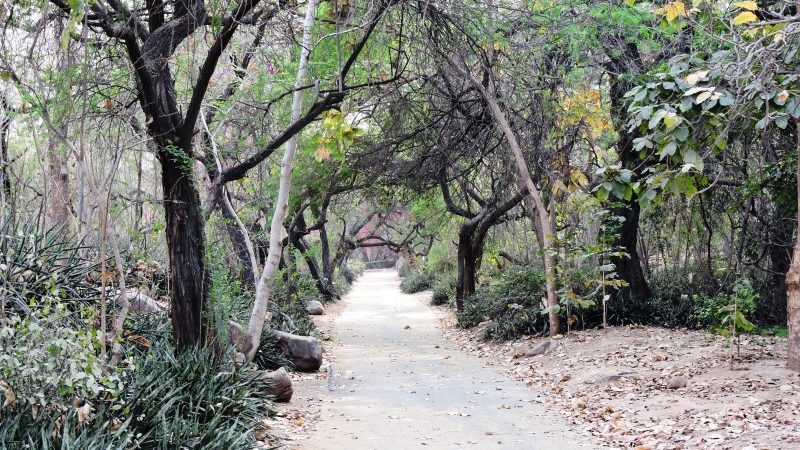Key Green Features of Budget 2010-11

Environment and Climate change
- National Clean Energy Fund for funding research and innovative projects in clean energy technologies to be established.
- One-time grant of Rs.200 crore to the Government of Tamil Nadu towards the cost of installation of a zero liquid discharge system at Tirupur to sustain knitwear industry.
- Rs.200 crore provided as a Special Golden Jubilee package for Goa to preserve the natural resources of the State, including sea beaches and forest cover.
- Allocation for National Ganga River Basin Authority (NGRBA) doubled in 2010-11 to Rs.500 crore.
- Schemes on bank protection works along river Bhagirathi and river Ganga-Padma in parts of Murshidabad and Nadia district of West Bengal included in the Centrally Sponsored Flood Management Programme.
- A project at Sagar Island to be developed to provide an alternate port facility in West Bengal.
- To build the corpus of the National Clean Energy Fund, clean energy cess on coal produced in India at a nominal rate of Rs.50 per tonne to be levied. This cess will also apply on imported coal.
- Provide a concessional customs duty of 5 per cent to machinery, instruments, equipment and appliances etc. required for the initial setting up of photovoltaic and solar thermal power generating units and also exempt them from Central Excise duty. Ground source heat pumps used to tap geo-thermal energy to be exempted
from basic customs duty and special additional duty. - Exempt a few more specified inputs required for the manufacture of rotor blades for wind energy generators from Central Excise duty.
- Central Excise duty on LED lights reduced from 8 per cent to 4 per cent at par with Compact Fluorescent Lamps.
- To remedy the difficulty faced by manufacturers of electric cars and vehicles in neutralising the duty paid on their inputs and components, a nominal duty of 4 per cent on such vehicles imposed. Some critical parts or sub-assemblies of such vehicles exempted from basic customs duty and special additional duty subject to
actual user condition. These parts would also enjoy a concessional CVD of 4 per cent. - A concessional excise duty of 4 per cent provided to “soleckshaw”, a product developed by CSIR to replace manually-operated rickshaws. Its key parts and components to be exempted from customs duty.
- Import of compostable polymer exempted from basic customs duty.
Energy
- Plan allocation for power sector excluding Rajiv Gandhi Gramin Vidyut Yojana (RGGVY) doubled from Rs.2230 crore in 2009-10 to Rs.5,130 crore in 2010-11.
- Plan outlay for the Ministry of New and Renewable Energy increased by 61 per cent from Rs.620 crore in 2009-10 to Rs.1,000 crore in 2010-11.
- Solar, small hydro and micro power projects at a cost of about Rs.500 crore to be set up in Ladakh region of Jammu and Kashmir.
- Restore the basic duty of 5 per cent on crude petroleum; 7.5 per cent on diesel and petrol and 10 per cent on other refined products. Central Excise duty on petrol and diesel enhanced by Re.1 per litre each.
Urban Development and Housing
- Allocation for urban development increased by more than 75 per cent from Rs.3,060 crore to Rs.5,400 crore in 2010-11.
- Allocation for Housing and Urban Poverty Alleviation raised from Rs.850 crore to Rs.1,000 crore in 2010-11.
- Project import status to ‘Monorail projects for urban transport’ at a concessional basic duty of 5 per cent granted.
- To allow resale of specified machinery for road construction projects on payment of import duty at depreciated value.
Agricultural Production
- Rs. 400 crore provided to extend the green revolution to the eastern region of the country comprising Bihar, Chattisgarh, Jharkhand, Eastern UP, West Bengal and Orissa.
- Rs. 300 crore provided to organise 60,000 “pulses and oil seed villages” in rain-fed areas during 2010-11 and provide an integrated intervention for water harvesting, watershed management and soil health, to enhance the productivity of the dry land farming areas.
- Rs. 200 crore provided for sustaining the gains already made in the green revolution areas through conservation farming, which involves concurrent attention to soil health, water conservation and preservation of biodiversity.



